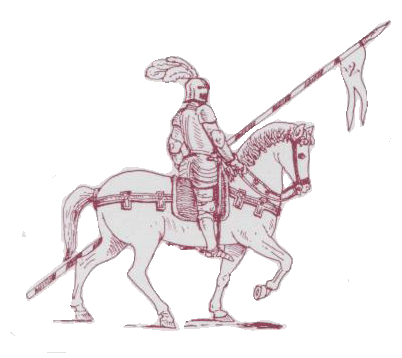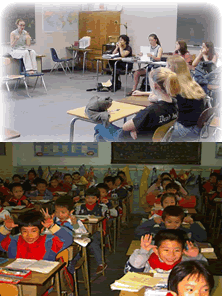| |
American |
Chinese |
|
Educational System |
Variety |
Unified |
|
- Kindergarten
-
K-5 or K-8 elementary school.
-
K-12 school.
-
Junior high school.
High school.
-
4 years of college.
-
2-3 years of graduate school.
-
3-5 years of postgraduate school.
-
Varieties of technical and vocational schools.
|
-
3 years of kindergarten.
-
1 year of preschool.
-
6 years of primary school.
-
3 years of junior middle school, three years of senior middle school.
-
4 years of university.
-
2-3 years of graduate school.
-
3-5 years of postgraduate school.
-
Varieties of technical and vocational schools
|
|
Compulsory education |
|
|
|
School days |
|
|
|
School hours |
|
|
|
Class size |
|
|
|
Types of Schools |
|
-
Schools are divided into different types of schools.
-
Key middle schools
-
General middle schools
-
Specialized technical middle schools
-
Vocational schools
-
Vocational, specialized technical or high school are all separate schools. Kids go to the schools based on their academic performance or test scores.
|
|
Competition |
|
|
|
Skills |
|
|
|
Centralization |
|
-
The Ministry provides policies and gives directives through a 5-level hierarchical system: ministry - provincial education commissions - city education commissions - district education bureaus - individual schools.
-
The central directives are specific and explicit: what kind of textbooks schools have to use, how many courses students have to take, how many students have to be in a class, how big the sports ground has to be, and so on.
|
|
Curriculum |
|
|
|
Workload |
|
|
|
Responsibility |
|
|

